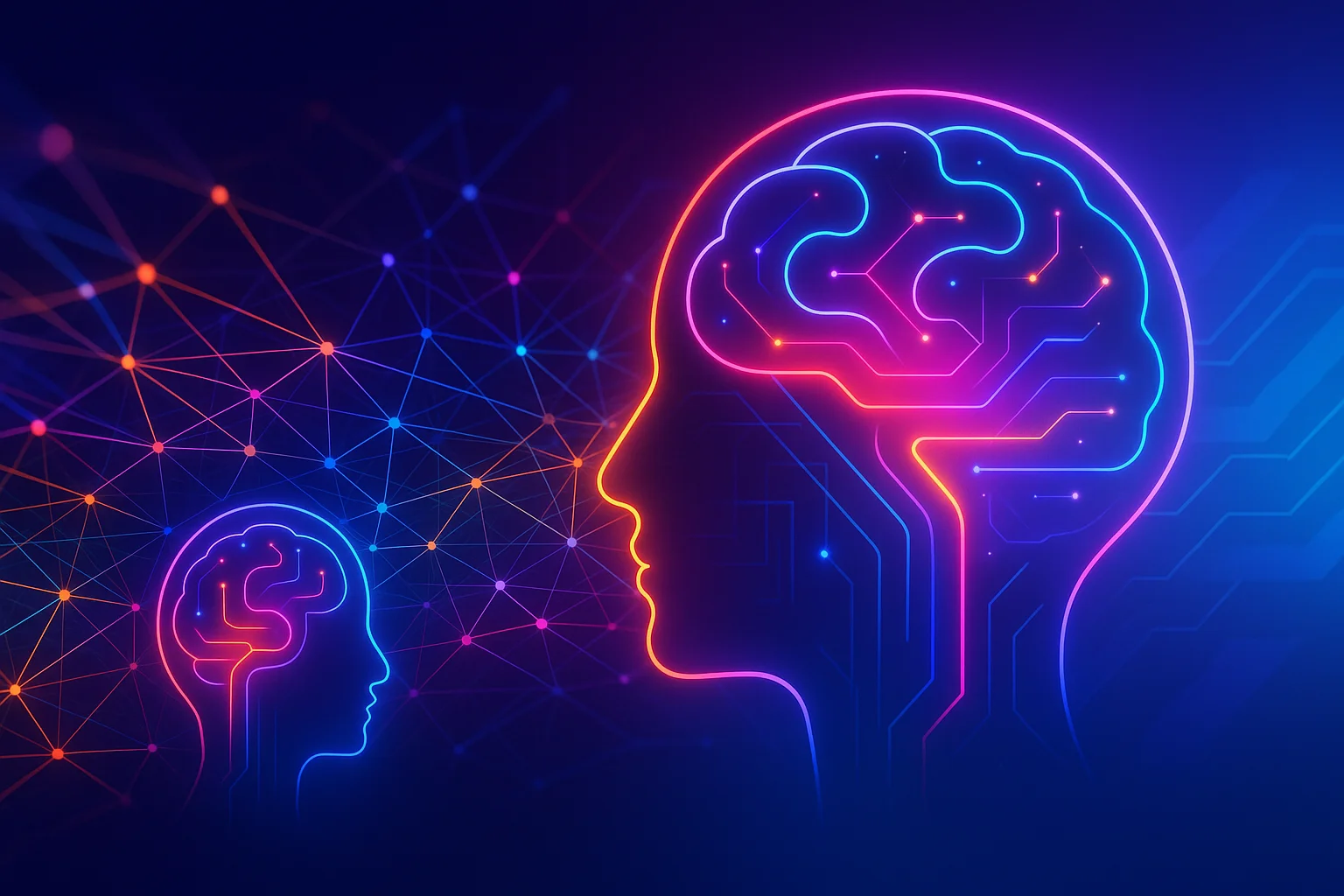In the world of digital discovery, the traditional SEO practices that once secured page rankings are no longer sufficient. With the rise of AI-driven content optimization, or AIO, brands must adapt to maintain visibility and authority in AI interfaces like ChatGPT, Claude, and Perplexity. The core thesis here is that “SEO vs AIO” is not a zero-sum choice but a strategic evolution. By integrating AI-centric frameworks with existing SEO foundations, organizations can unlock new discovery channels. For a deeper dive into AI search optimization, our pillar article provides essential insights.
What This Article Covers
- Understand the Key Differences: Learn how SEO and AIO differ in mechanics and application.
- Develop a Hybrid Strategy: Discover how to augment your SEO with AIO techniques.
- Implement the AIO Maturity Model: Guide your organization from AIO experimentation to scaling.
- Leverage Conversational Prompts: Use feedback loops to enhance authority-building.
- Gain a Competitive Edge: Learn how early adoption of AIO can serve as a competitive moat.
Understanding SEO vs AIO
The Mechanics: Ranking vs. Retrieval
SEO focuses on optimizing web properties to rank in traditional search engines through keyword usage, backlinks, and technical signals. In contrast, AIO involves designing content for retrieval by AI systems using semantic metadata and interactive prompts. This shift from keyword-driven ranking to vector-based retrieval requires a new mindset.
The AIO Maturity Model
To guide enterprises from AIO experimentation to scale, we introduce the “AIO Maturity Model.” This framework helps organizations assess their current capabilities and plan their transition to a fully integrated AI optimization strategy. It involves:
- Experimentation: Initial trials with AI content structuring.
- Adoption: Broader implementation across content teams.
- Scaling: Full integration with continuous feedback loops.
Implementing AIO: A Practical Guide
Step-by-Step Workflow
- Audit Content: Identify semantic gaps and structural weaknesses.
- Define Intents: Establish typical user prompts for each content pillar.
- Create Modular Content: Develop content blocks with clear metadata.
- Vectorize Content: Use embedding models to prepare content for AI retrieval.
- Integrate with AI APIs: Connect with platforms like LangChain or Pinecone.
- Test and Iterate: Measure answer relevance and refine content based on feedback.
For a deeper understanding of how AI changes SEO dynamics, refer to our article on How AI Changes SEO in 2025.
Practical Use Cases
SaaS Startup Documentation
A SaaS startup can use AIO to embed API snippets and modular guides, allowing customers to query an AI chatbot for instant code samples. This approach not only enhances user experience but also improves content retrieval accuracy.
E-Commerce Knowledge Base
By tagging product specifications with semantic metadata, an AI assistant can easily compare features and suggest upsells, driving higher conversion rates.
How to Implement This in Your Marketing
- Start with an Audit: Evaluate existing content for semantic and structural gaps.
- Define User Intents: Identify common queries and develop prompt templates.
- Develop Modular Content: Use schema markup and metadata for clarity.
- Vectorize and Test: Implement embedding models and test AI retrieval.
- Iterate Based on Feedback: Use AI analytics to refine content continuously.
For guidance on scaling content production, explore our cross-pillar article on How to Scale Content Production.
FAQ
What is the difference between SEO and AIO?
SEO focuses on optimizing for traditional search engines, while AIO is about structuring content for AI-driven retrieval and synthesis.
How do I optimize content for AI search engines like ChatGPT?
Focus on embedding content into vector spaces, using semantic metadata, and developing interactive prompts.
Do traditional keywords matter in AI-driven discovery?
While keywords are less central in AIO, context and semantic clarity remain crucial for effective AI retrieval.
Can I use existing SEO content for AI optimization?
Yes, but it requires restructuring and adding semantic layers for AI compatibility.
What tools help manage an AIO workflow?
Tools like LangChain and Pinecone facilitate content vectorization and AI integration.
Conclusion
The transition from SEO to AIO is not about abandoning traditional methods but evolving them to meet the demands of AI-driven discovery. By embracing AIO, organizations can enhance their visibility in AI interfaces and secure a competitive advantage. If you'd rather have autonomous agents run this entire workflow for you, Gentura can do it on autopilot while you focus on product.
Gentura builds autonomous marketing agents that replace the full expert marketing workflow. Our agents research, plan, write, optimize, publish, and monitor content automatically.
Related Articles

AIO: How to Rank in AI Search Engines (ChatGPT, Claude, Perplexity)
Master AI Search Optimization with our comprehensive guide to ranking in AI search engines like ChatGPT, Claude, and Perplexity.

How AI Changes SEO in 2025
Discover how AI transforms SEO in 2025, focusing on AI-first search channels, structured data, and the AI-SEO Pyramid framework.

How to Scale Content Production (10–100 Articles/Month)
Learn to scale content creation from 10 to 100+ articles/month using AI agents without sacrificing quality.
Ready to Get Started?
Transform your marketing with AI-powered agents. Create content at scale, optimize campaigns automatically, and grow faster.
Get Your AI Agent
